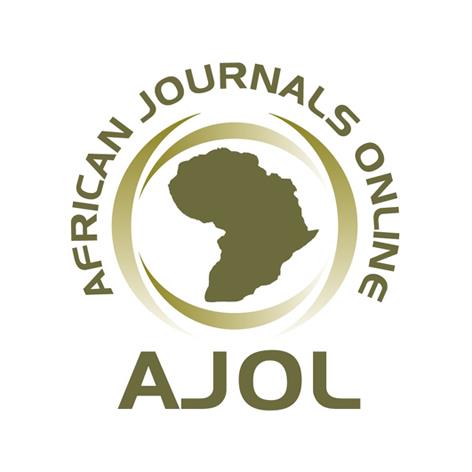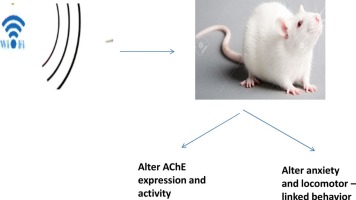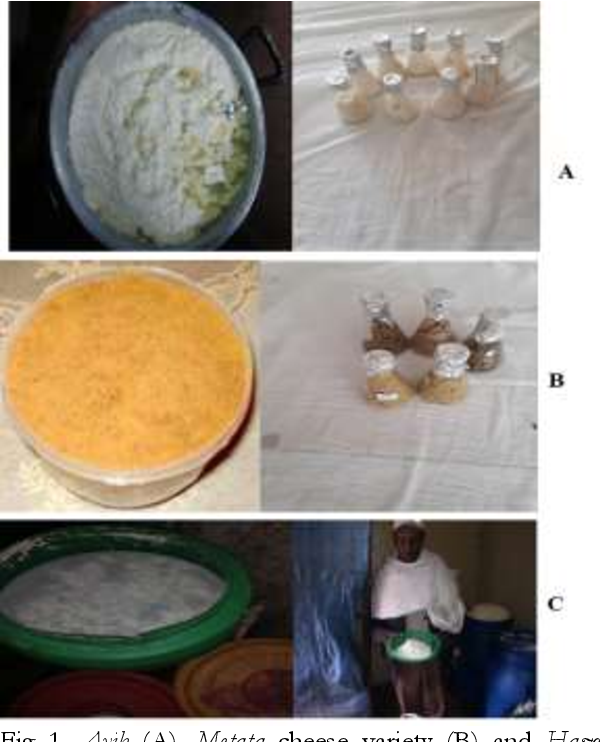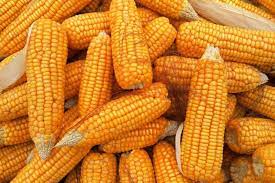Evaluating Rumen Fluid-Inoculated Lignocellulosic Substrates for Biogas Production
Downloads
Background: The continuous decline in reserves of fossil and petroleum-based fuel and its undesirable environmental effects is a major problem faced by humanity. Biofuel production from lignocellulosic biomass such as agricultural, forest and crop residues, food waste and energy grasses is cost effective and could provide a sustainable solution to the problem. However, since a lignocellulosic substrate is recalcitrant, the choice of more effective digestion inoculums is crucial to achieve an improvement in the efficiency of digesting the substrate. Microbial community present in rumen is efficient in hydrolysis of complex organics at mesophilic temperature.
Objective: The objective of this study was to evaluate and compare biogas production potential of watercrown, potato peel, wheat and sorghum straw and sugarcane bagasse separately inoculated with rumen fluid of cow, goat and sheep.
Material and Methods: Total solid, volatile solid, C/N ratio and pH of the slurry before and after anaerobic digestion were determined following standard procedures. The volume of biogas produced was measured using water displacement method for 32 days and energy was estimated from a general methane composition of biogas and 1 m3 of methane contains 34 MJ of energy.
Results: The initial C/N ratio of slurries of potato peel ranged from 15.33 to 16.33. The highest cumulative biogas yield of 1318.83 mL g-1 VSadded-1 was obtained from potato peel inoculated with cattle rumen fluid. The cumulative biogas yield of watercrown inoculated with cattle and sheep rumen fluid was higher than that of all the slurries of sugarcane bagasse and wheat straw.
Conclusions and implications: Slurries of potato peel and watercrown grass produced the highest amount of biogas and could be used potentially for biogas production at the pilot scale.
Copyright (c) 2020 Yimeslal Atnafu Sema, Olyad Erba Urgessa, Ameha Kebede Ayele

This work is licensed under a Creative Commons Attribution-NonCommercial-NoDerivatives 4.0 International License.
- I am authorized by my co-authors to enter into these arrangements.
- I warrant, on behalf of myself and my co-authors, that:
- the article is original, has not been formally published in any other peer-reviewed journal, is not under consideration by any other journal and does not infringe any existing copyright or any other third party rights;
- I am/we are the sole author(s) of the article and have full authority to enter into this agreement and in granting rights to Springer are not in breach of any other obligation;
- the article contains nothing that is unlawful, libellous, or which would, if published, constitute a breach of contract or of confidence or of commitment given to secrecy;
- I/we have taken due care to ensure the integrity of the article. To my/our - and currently accepted scientific - knowledge all statements contained in it purporting to be facts are true and any formula or instruction contained in the article will not, if followed accurately, cause any injury, illness or damage to the user.
- I, and all co-authors, agree that the article, if editorially accepted for publication, shall be licensed under the Creative Commons Attribution License 4.0. If the law requires that the article be published in the public domain, I/we will notify Springer at the time of submission, and in such cases the article shall be released under the Creative Commons 1.0 Public Domain Dedication waiver. For the avoidance of doubt it is stated that sections 1 and 2 of this license agreement shall apply and prevail regardless of whether the article is published under Creative Commons Attribution License 4.0 or the Creative Commons 1.0 Public Domain Dedication waiver.
- I, and all co-authors, agree that, if the article is editorially accepted for publication in Haramaya Journals, data included in the article shall be made available under the Creative Commons 1.0 Public Domain Dedication waiver, unless otherwise stated. For the avoidance of doubt it is stated that sections 1, 2, and 3 of this license agreement shall apply and prevail.












